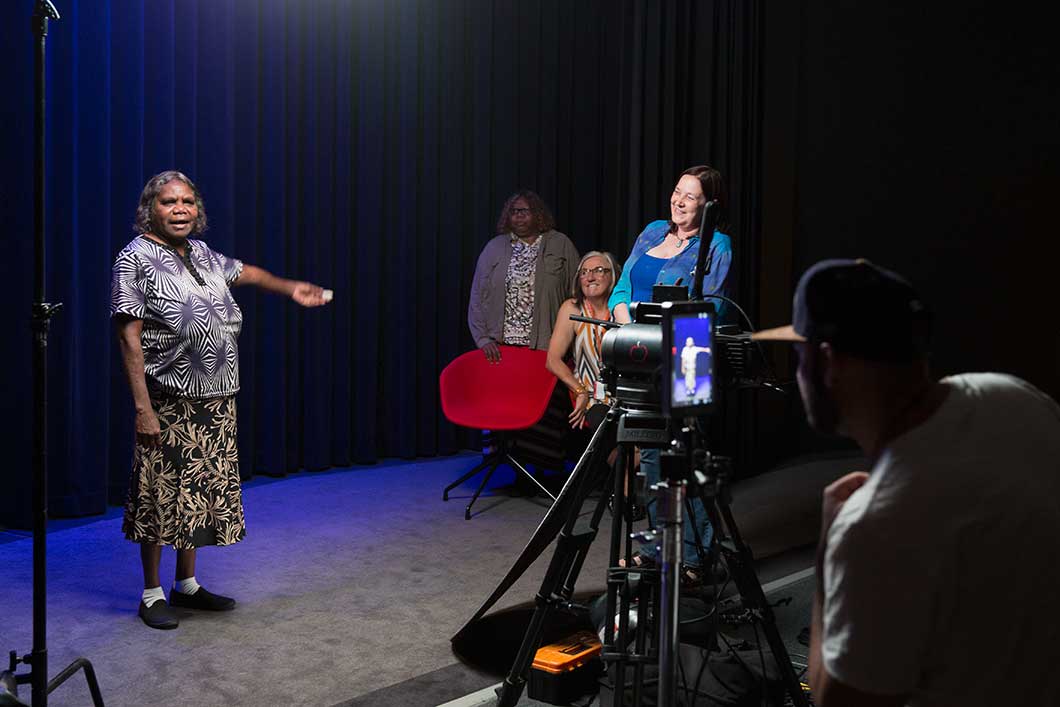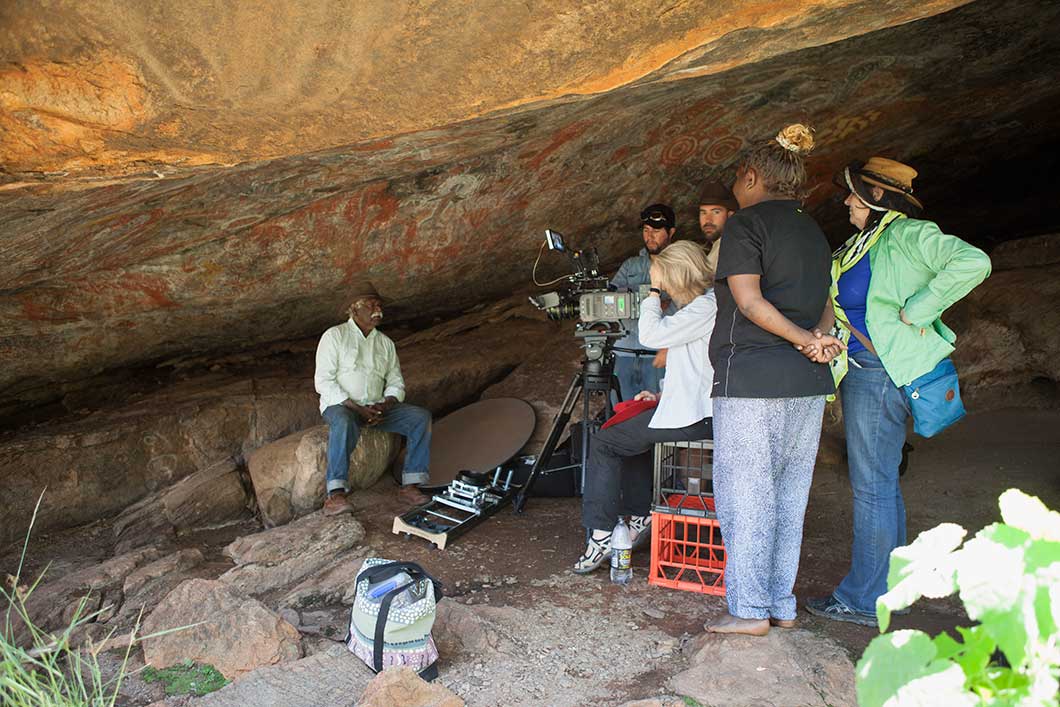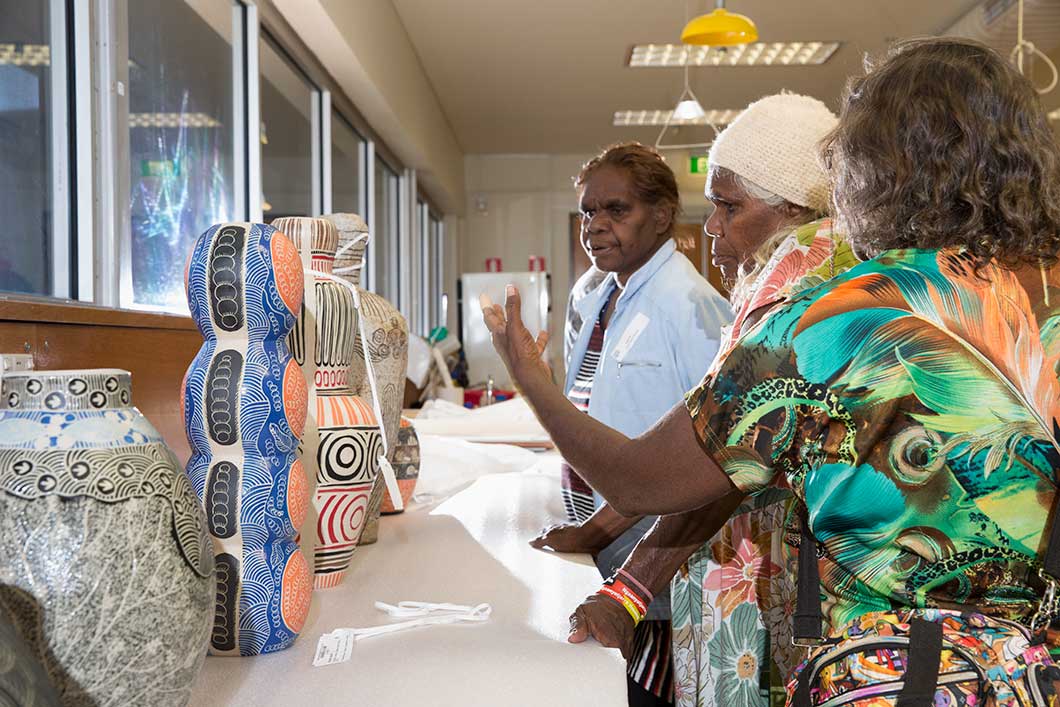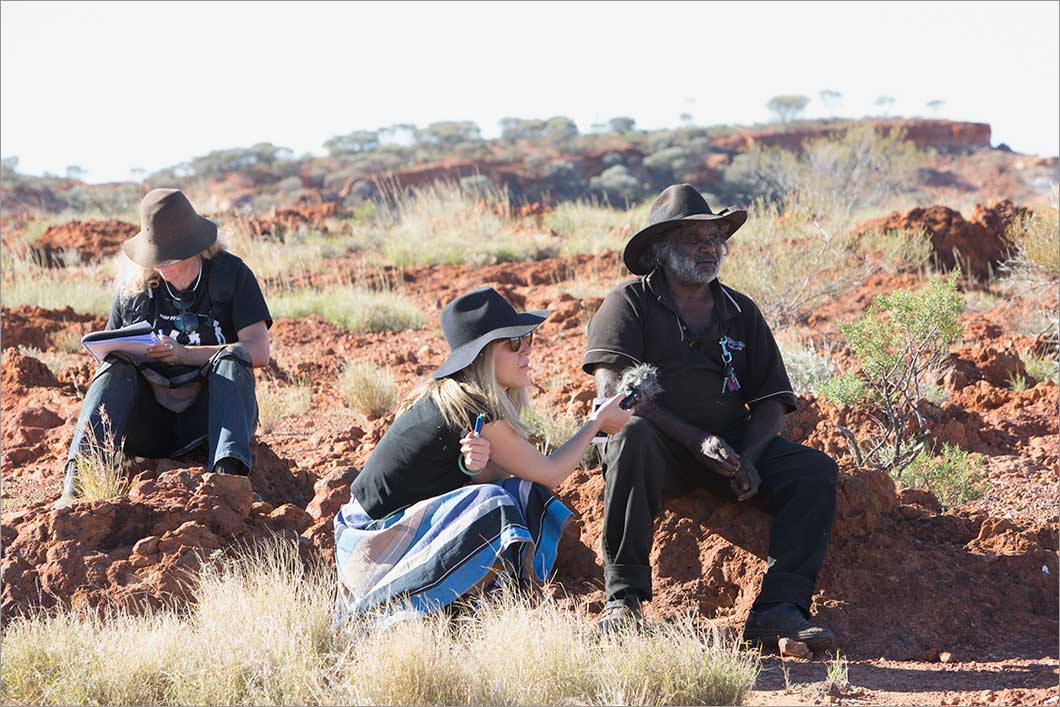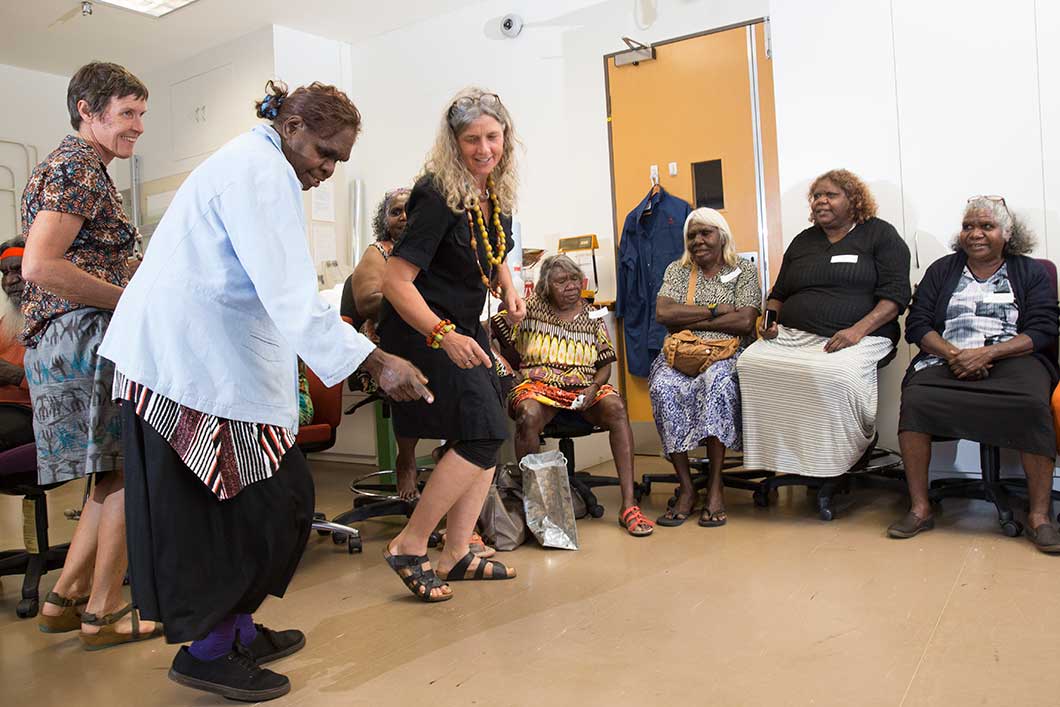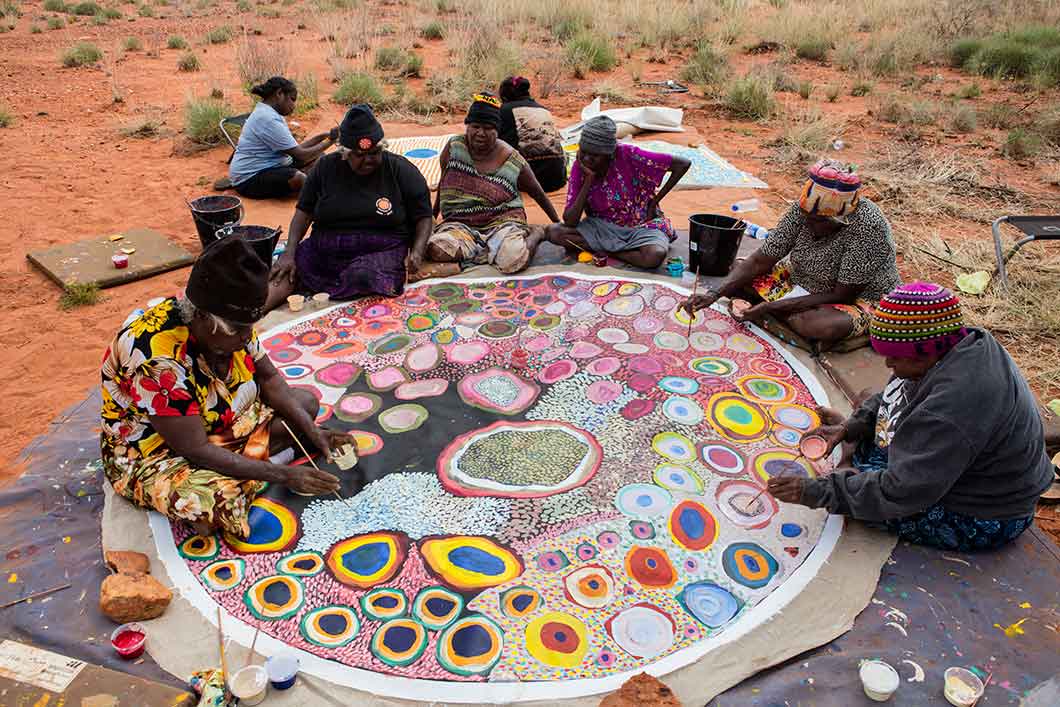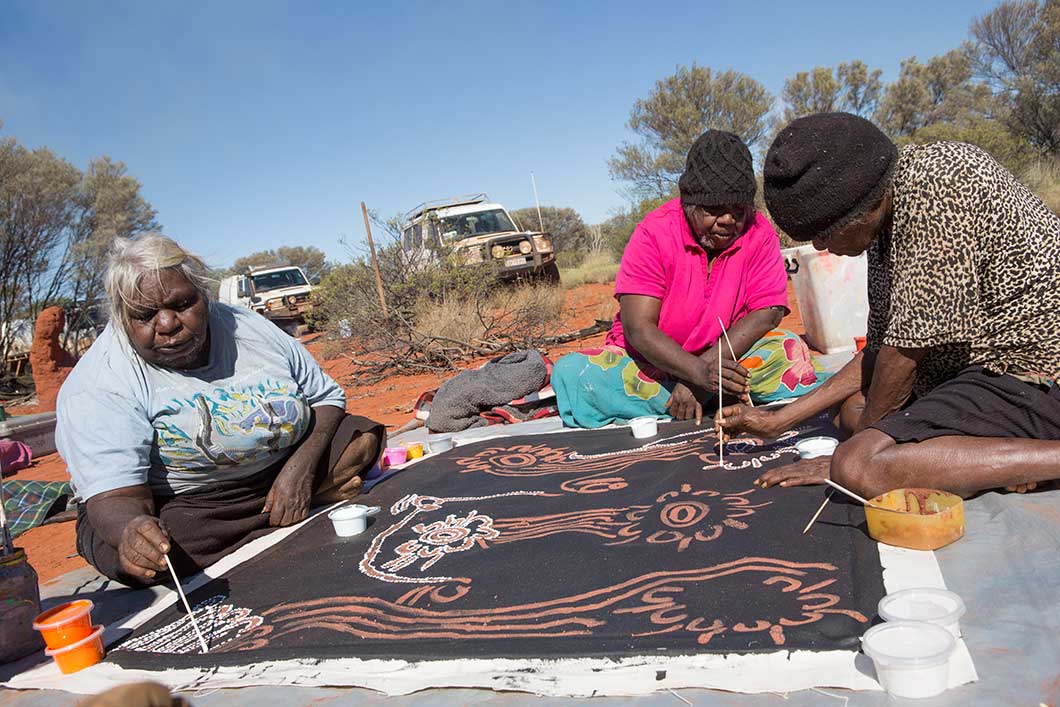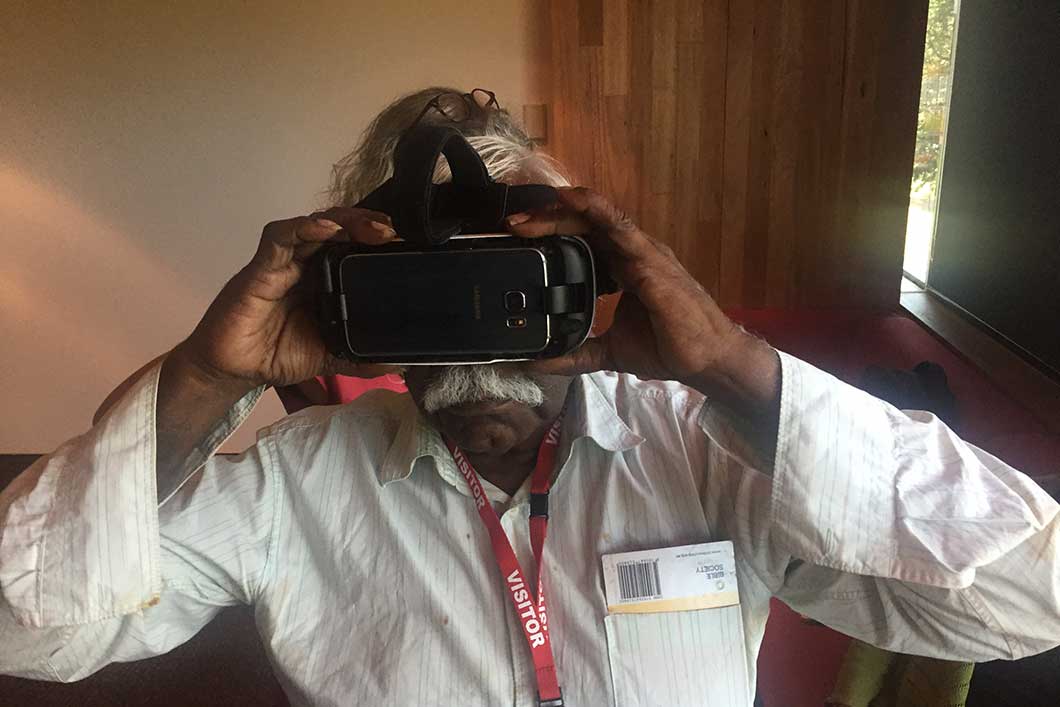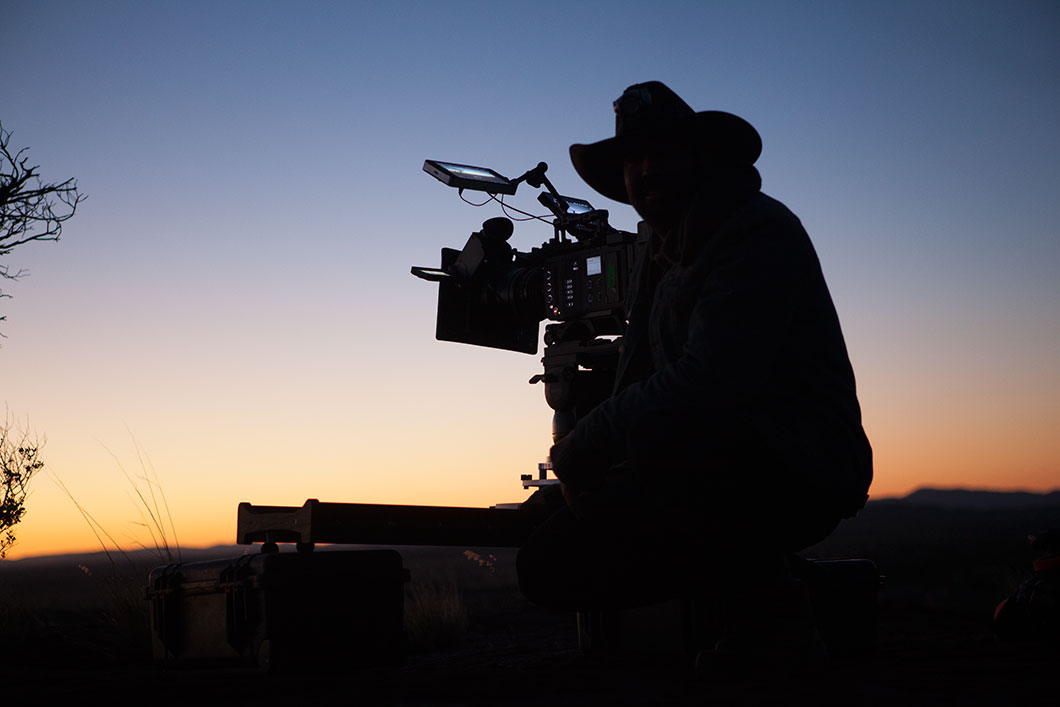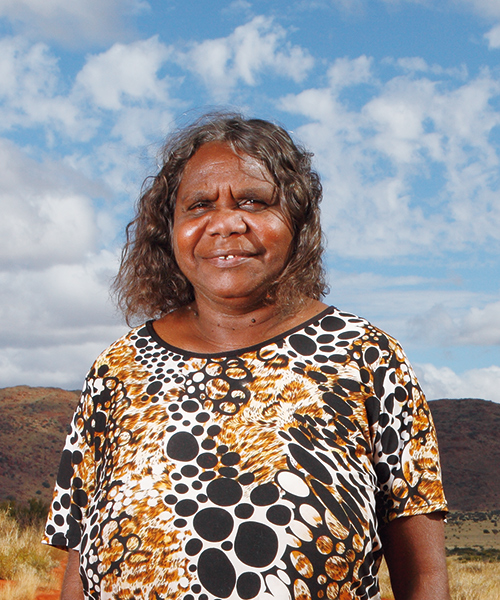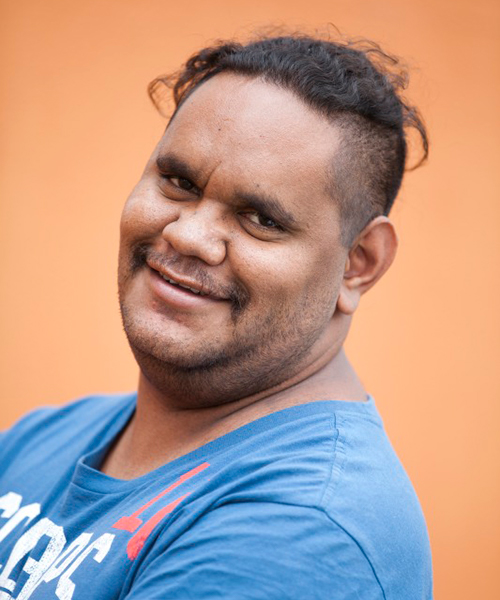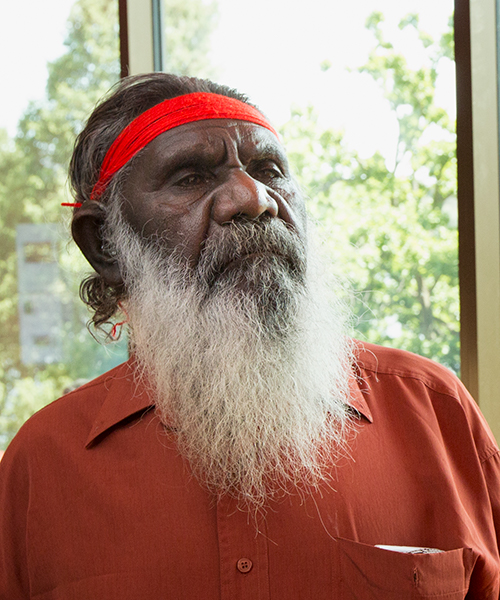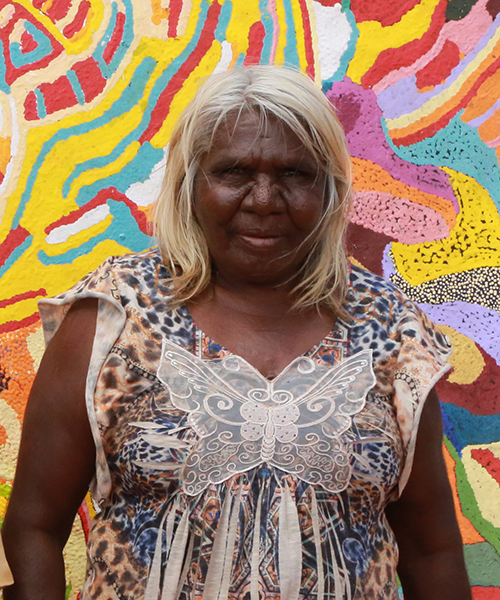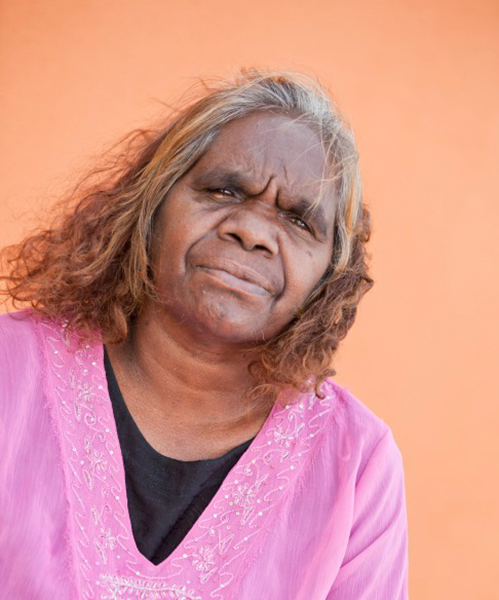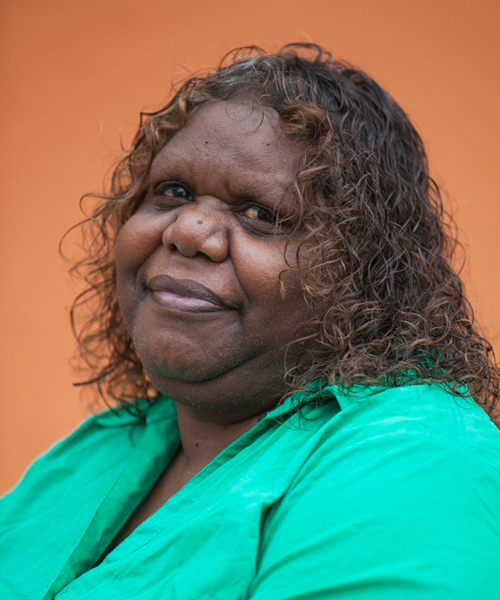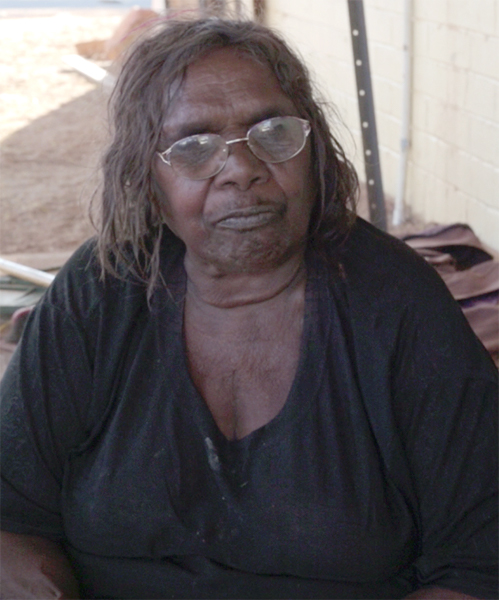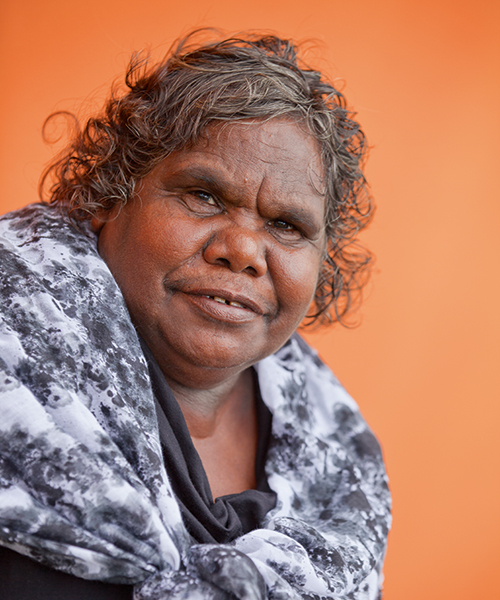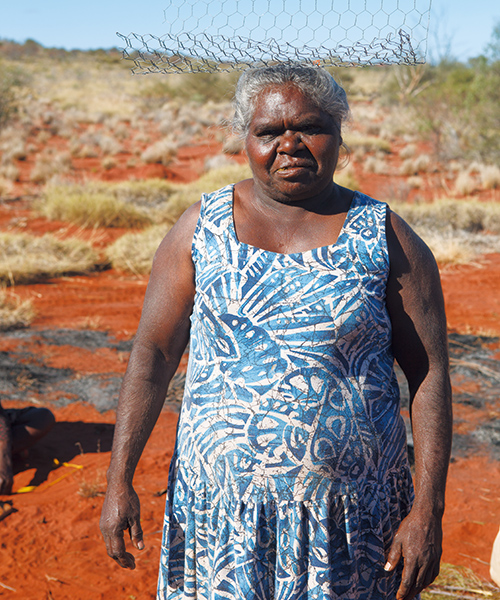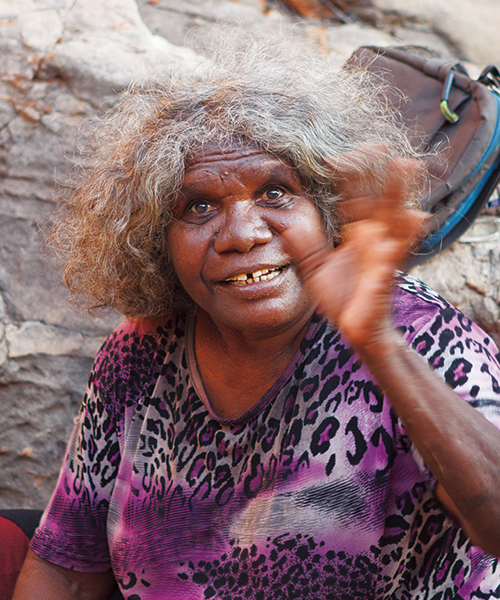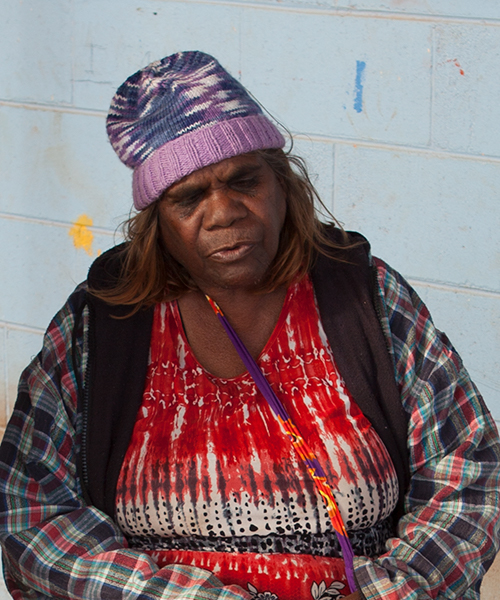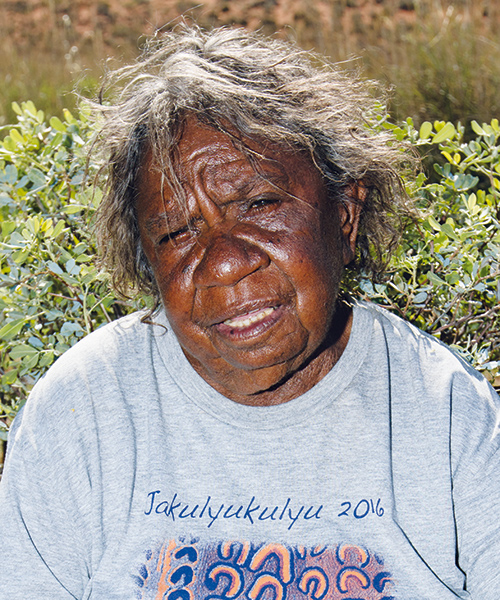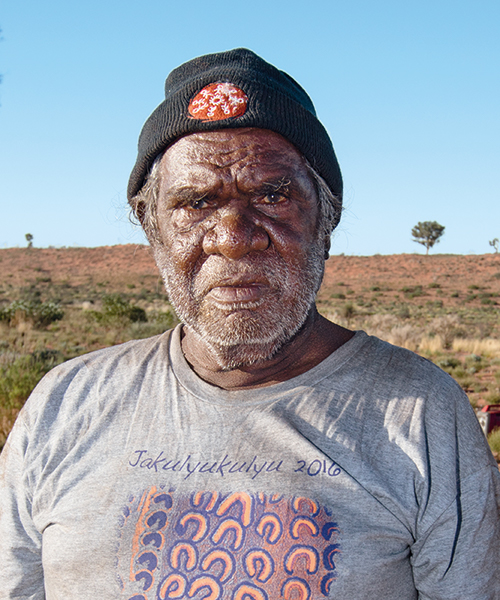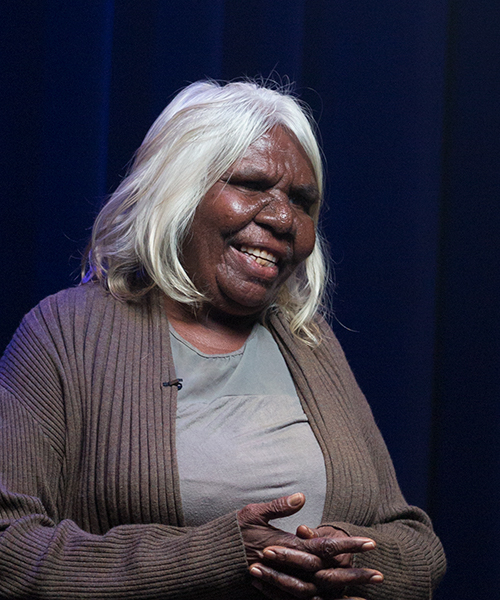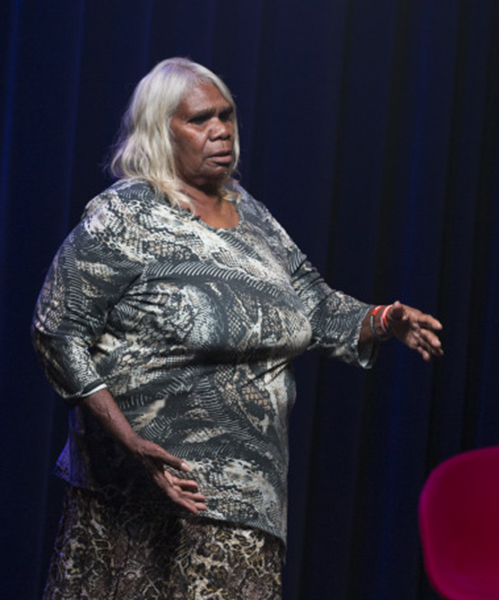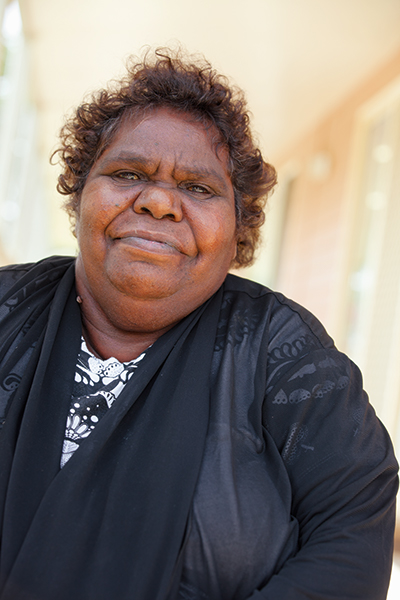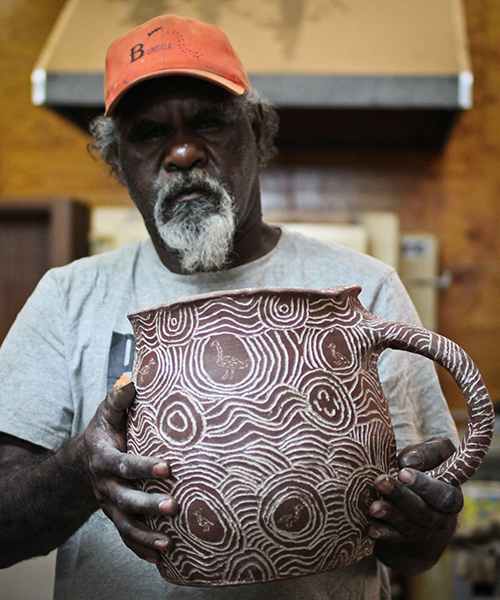Songlines: Tracking the Seven Sisters is the first exhibition of its kind, attempting to tell in an exhibition space a First Nations founding narrative by using First Nations ways of passing on knowledge.
The project was inspired by an investigative collaboration between senior custodians of Martu country and Anangu Pitjantjatjara Yankunytjatjara (APY) and Ngaanyatjarra lands of Australia's Central and Western deserts, along with the National Museum of Australia, the Australian National University and other partners.
Acknowledgements
Songlines curatorium
The curatorium comprised community nominated representatives with senior status from Martu country and Anangu Pitjantjatjara Yankunytjatjara (APY) and Ngaanyatjarra lands. They were not a reference or advisory group, but knowledge holders of the cultural material in this exhibition and directed its representation in collaboration with the Museum. A small group of spokespeople reported on matters concerning the wider group.
Major exhibition partner, elders and supporters
Thank you to our major exhibition partner The Scully Fund, Anangu Pitjantjatjara Yankunytjatjara (APY) elders and supporters, Ngaanyatjarra elders and supporters, and Martu elders and supporters.
Art centres
Martumili Artists, Maruku Arts, Minyma Kutjara Arts Project, Ninuku Arts, Papulankutja Artists, Spinifex Arts Project, Tjanpi Desert Weavers, Tjungu Palya Arts, Warakurna Artists, Warburton Arts Project
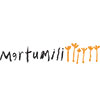 |  | 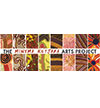 | 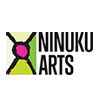 | 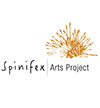 |  | 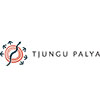 |  | 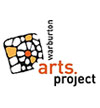 |
Alive with the Dreaming! Songlines of the Western Desert partners
Australian Research Council, Australian National University, Ananguku Arts, Australian Heritage Management Solutions (AHMS), Ngaanyatjarra Pitjantjatjara Yankunytjatjara Women’s Council (NPYWC), National Museum of Australia, the Australian Government and the Department of the Prime Minister and Cabinet, University of New England (collaborating organisation)
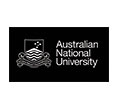 | 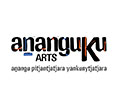 | 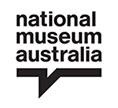 | 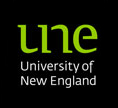 | 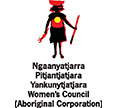 |
|---|
Other supporters
Aṉangu Pitjantjatjara Yankunytjatjara, Artback NT, Desart, Kanyirninpa Jukurrpa (KJ), Country Needs People
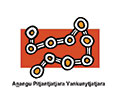 | 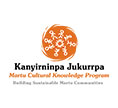 | 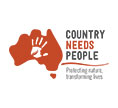 | 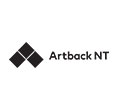 |
|---|
DomeLab
Travelling Kungkarangkalpa is staged in DomeLab, a collaboration between the University of New South Wales and the National Museum of Australia, together with nine other tertiary and cultural organisations. It is funded as part of an Australian Research Council LIEF grant (2015) led by chief investigator Professor Sarah Kenderdine.
Cave Hill Project
The Cave Hill Project is a joint initiative of APY, the Cave Hill Custodians, National Museum of Australia and the Australian National University on behalf of the Songlines Project ARC Partners and they were supported through funding from the Australian Research Council.
The National Museum of Australia acknowledges the significant contribution made by the late Mr Stanley Douglas to the Songlines: Tracking the Seven Sisters project. He generously shared his cultural knowledge, documenting these stories for future generations. The Museum remembers his warmth and kindness, and his dedication to preserve, promote and culturally safeguard his family’s ancestral site of Walinynga.
Editorial note and glossary
This website presents word forms, object titles, cultural affiliations and names as advised by the communities and individuals involved in the exhibition. For different language groups, variant spellings occur for similar words, cultural groups or names. The Museum acknowledges that some of the Ngaanyatjarra speakers in this book identify as coming from Ngaatjatjarra Lands.
Commonly used terms include: inma for ceremony/ceremonial song and dance; Jukurrpa/Tjukurpa/Tjukurrpa for Dreaming; Kampukurta for the eldest sister; Minyipuru/Kungkarangkalpa/Kungkarrangkalpa for the Seven Sisters; ngurra/ngura for home, camp, traditional lands; pujiman for traditional bush/desert life; walka for design; Yurla/Wati Nyiru for the male Ancestral being who pursues the Seven Sisters.
